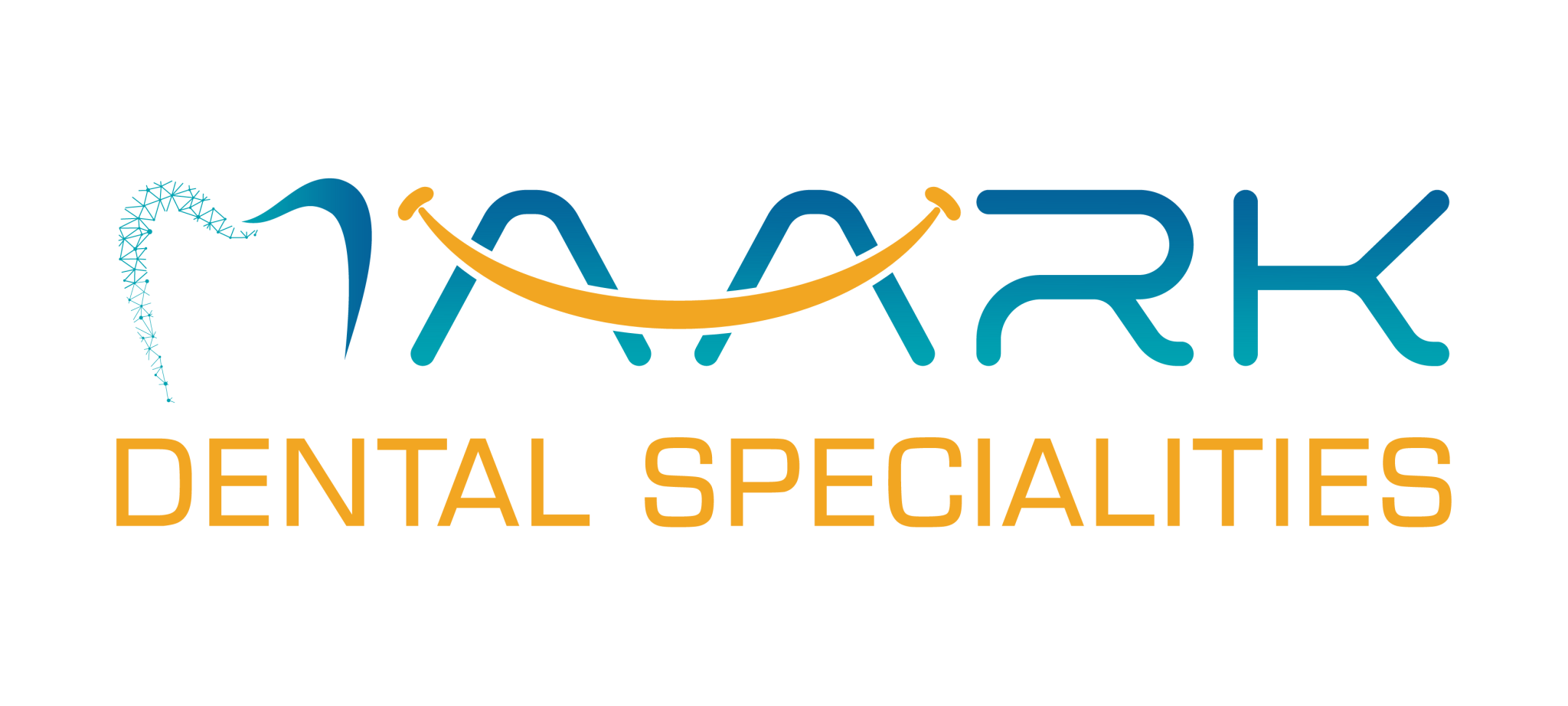Facial Trauma Surgery

Restoring Your Facial Health and Appearance
Facial trauma surgery, a specialized branch of oral and maxillofacial surgery, is a critical procedure aimed at treating injuries and damage to the face resulting from accidents or traumatic events. This surgical intervention plays a vital role in restoring the structural and aesthetic integrity of the face while ensuring the proper function of facial features. Understanding the importance and process of facial trauma surgery is essential for individuals who have experienced facial injuries.
When Is Facial Trauma Surgery Necessary?
Facial trauma surgery may be recommended when individuals experience:
- Fractured Bones: Injuries that result in fractures or breaks in facial bones, such as the nose, jaw, cheekbones, or eye sockets.
- Soft Tissue Injuries: Lacerations, deep cuts, or damage to the skin and soft tissues of the face.
- Damage to Facial Structures: Injuries that affect the functionality or appearance of facial structures, such as the eyes, nose, mouth, or ears.
The Facial Trauma Surgery Process:
Facial trauma surgery is a meticulously planned procedure that typically involves the following steps:
- Consultation: Your journey begins with a consultation with an experienced oral and maxillofacial surgeon or a facial trauma specialist. During this consultation, the specialist will assess your injuries, order necessary imaging scans, and discuss the surgical options available.
- Treatment Planning: Once the extent of the facial trauma is assessed, a detailed treatment plan is developed. This plan outlines the specific surgical procedures needed to repair and restore the injured facial structures.
- Procedure: Facial trauma surgery is performed in a hospital or surgical center under anesthesia, ensuring your comfort and safety during the procedure. The specific surgical techniques employed will depend on the nature and location of the injuries.
- Recovery: After the surgery, you will enter a recovery period during which you’ll need to follow post-operative care instructions. These instructions typically include wound care, pain management, and instructions on dietary restrictions.
- Follow-Up: Regular follow-up appointments will be scheduled to monitor your progress and assess the healing of your facial injuries. Additional surgeries or procedures may be necessary to achieve optimal results.
Benefits of Facial Trauma Surgery:
Facial trauma surgery offers several benefits, including:
- Injury Repair: The primary goal of facial trauma surgery is to repair and reconstruct damaged facial structures, including bones, soft tissues, and facial features.
- Functional Restoration: Surgery aims to restore the proper function of facial features, such as vision, breathing, chewing, and speaking.
- Aesthetic Improvement: In addition to functionality, facial trauma surgery also focuses on achieving aesthetically pleasing results, ensuring that the face looks as natural as possible after the trauma.
- Psychological Healing: Restoring the appearance and function of the face can have a profound impact on an individual’s self-esteem and psychological well-being.
Maintenance and Post-Surgery Care:
After facial trauma surgery, it’s essential to follow your surgeon’s post-surgery care instructions diligently. This includes wound care, medication management, dietary restrictions, and attending scheduled follow-up appointments to monitor your recovery progress.
In summary, facial trauma surgery is a specialized procedure designed to restore the health, function, and appearance of the face following accidents or traumatic events. If you’ve experienced facial injuries, consult with a facial trauma specialist or oral and maxillofacial surgeon to explore whether facial trauma surgery is necessary to restore your facial well-being. Your specialist will guide you through the process, ensuring a successful outcome and improved overall quality of life.


